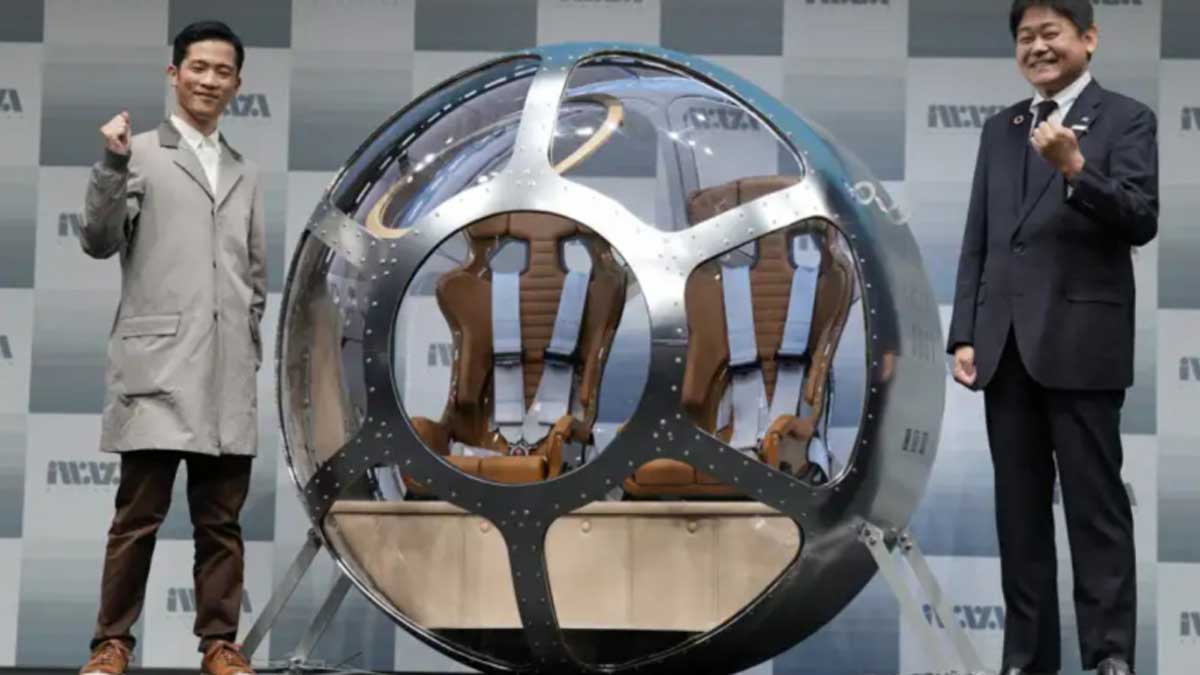A Japanese company has announced plans to launch commercial space observation balloon flights – the authors of the project want to bring down prices so that customers can enjoy the new service, reports Phys.org.
The company’s CEO, Keisuke Iwaya, said passengers don’t need to be billionaires, undergo intensive training, or speak the language required to fly a rocket.
“It’s economical and safe for people,” Iwaya told reporters. “The idea is to make space tourism accessible to everyone.”
The businessman said he wanted to “democratize space.” His company Iwaya Giken has been working on the project since 2012, developing a pressurized two-seat cabin and a hot air balloon capable of reaching a height of 25 kilometers (15 miles). From this height, you can see the curvature of the Earth.
Although passengers will not be in outer space, because the balloon rises to about the middle of the stratosphere, they will be higher than a jet plane in flight. From here you will have an unobstructed view of outer space.
Initially, the cost of the flight will be around 24 million yen, but Iwaya says he will bring the price down to a few million yen. The businessman admits that Japanese space businesses lag behind US companies, but his goal is to make space more accessible.
American competitors sent three wealthy businessmen and accompanying astronauts to the International Space Station for $55 million each. This is the first private charter flight to the orbiting laboratory after two years of bringing NASA astronauts.
But unlike a rocket or a hot air balloon, the Iwaya Giken will fly using helium, which can be reused. It is known in advance that the flights will safely take place over the territory or airspace of Japan. The first trip is planned for the end of this year.
The balloon, which can carry a pilot and a passenger, will take off from a port in Hokkaido, rise to a height of up to 25 kilometers for two hours and stay there. The descent to Earth will take approximately 60 minutes. The drum-shaped plastic cabin has a diameter of 1.5 meters and several large windows for viewing space from above or the Earth from below.
Applications for participation in the spacewalk are already open and will last until the end of August. The company said the first five selected passengers will be announced in October, with flights scheduled to take place approximately once a week, depending on the weather.

